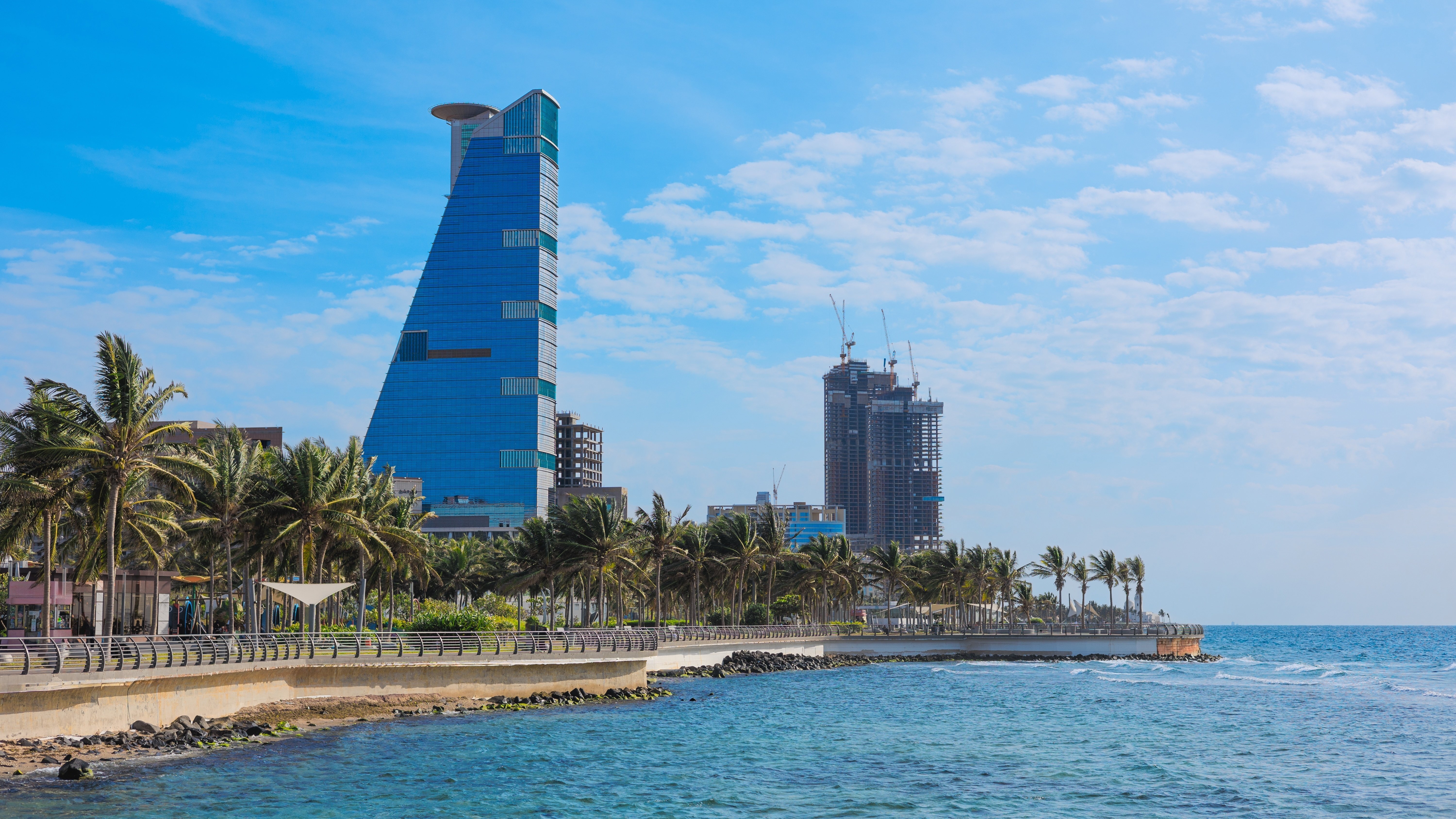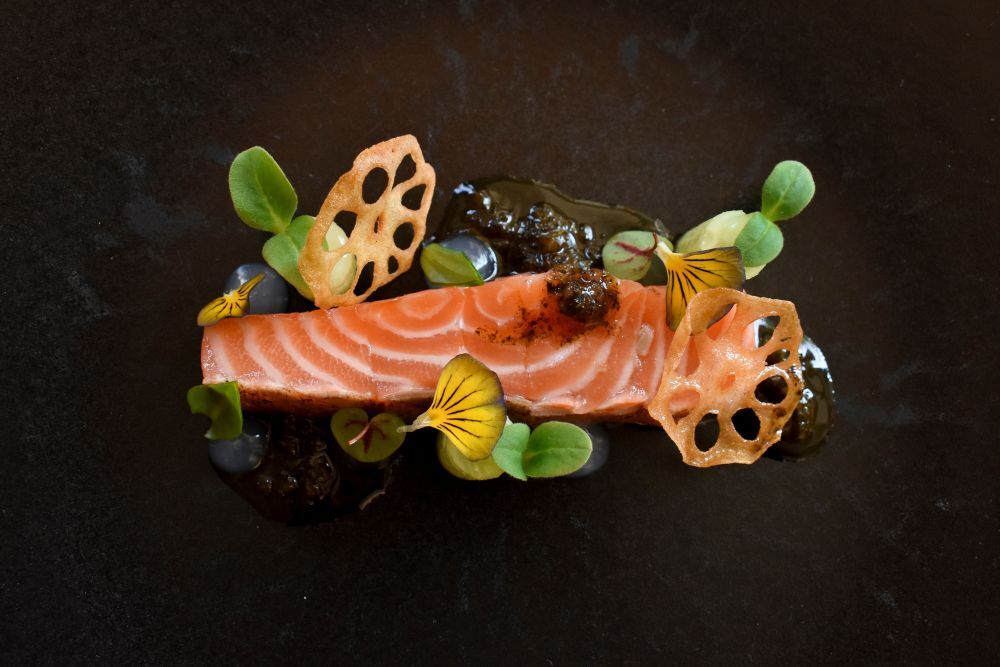Saudi Arabia’s Traditional Handicrafts: A Living Legacy
Handicrafts in Saudi Arabia are more than just age-old trades — they are a vivid expression of the Kingdom’s rich cultural heritage. It is one of the very few industries that are deeply rooted in tradition as they rely on traditional manual skills and simple tools rather than giving way to modern technology. These crafts represent generations of passed-down knowledge and skill. Whether produced individually or as part of artisan communities, every item and every anomaly in otherwise mechanical patterns tells a story and serves as an emblem of Saudi identity that resonates deeply with both locals and visitors.

A Tapestry of Traditions
Saudi Arabia boasts a remarkable diversity of handicrafts, each moulded by the local environment and rich cultural traditions. These time-honoured trades have long served the everyday needs of communities while celebrating the artistry of Saudi hands. Among the most prominent are:
- Hand Embroidery – Delicate, intricate stitching that transforms fabric into wearable art.
- Sadu Weaving – Quintessential desert craftsmanship that showcases geometric patterns and tribal identity.
- Palm Frond Products – From woven baskets to traditional mats, crafted using date palm leaves.
- Aromatic Botanical Products – Most famously, Taif rose perfume: a regional treasure with global appeal.
- Traditional Sweets – Integral to Saudi culinary culture, especially during festive seasons.
According to recent statistics, nearly one-third of Saudi artisans are engaged in these specific crafts, while the remaining workforce spans over 45 different traditional disciplines.
The Artisans Behind the Craft
Each handmade piece carries the spirit of its creator and is a culmination of years of dedication, care and practice. Saudi artisans exemplify:
- Adaptability – Skillfully working with natural, local provisions.
- Innovation – Evolving traditional forms to meet modern sensibilities.
- Creativity – Designing original pieces that retain their cultural essence.
Recognised by UNESCO
Saudi Arabia’s commitment to preserving its intangible cultural heritage has put its crafts on the map and earned international recognition. Two traditional crafts have been included in UNESCO’s Representative List of the Intangible Cultural Heritage of Humanity:
- Sadu Weaving (2020): One of the oldest known desert crafts, used historically to create practical items like tents and carpets.
- Al-Qatt Al-Asiri (2017): A colourful and symbolic mural art practiced by women in the Asir region, characterised by geometric and floral motifs.
Notably, both crafts are predominantly led by women, underscoring the vital role of Saudi women in safeguarding and transmitting heritage and talent.
Championing Crafts Through Institutions
In 2019, the Saudi Professional Artisans Association was launched as an umbrella entity to support, regulate, and empower craftswomen and craftsmen across the country. At the time, it counted around 5,000 registered members, with Mecca leading in numbers followed by the Eastern Province and Riyadh.
The association’s core responsibilities include:
- Registering and organising artisans.
- Providing training and support.
- Preserving heritage and advancing the crafts sector.
Foundations of Saudi Handicrafts
UNESCO notes that handicrafts express the living traditions of humans and embody the three foundations of sustainable development: adaptation, renewal, and creativity.
In Saudi Arabia, several key initiatives have been instrumental in preserving this legacy:
- Janadriyah National Festival for Heritage and Culture – A major cultural event offering artisans national exposure.
- The National Program for Handicrafts Development (Bari) – Launched in 2012 to issue licences, support artisans and implement long-term strategies.
- Saudi Handicrafts Company (est. 2018) – Operates under the Heritage Commission to promote the craft industry commercially and culturally.
Regional Craftsmanship Across the Kingdom
Saudi Arabia’s diverse geography gives rise to regional specialisations in traditional crafts, each with its own character and technique:
Riyadh
A central hub for traditional trades, including:
- Sadu weaving
- Mud brick construction, as seen in Al Masmak Fortress
- Palm-based crafts and handcrafted water vessels
Eastern Province
Known for:
- Luxurious Hasawi bishts (robes), often among the most expensive in the Kingdom
- Pottery and palm crafts
- Hand-woven fishing nets and cages
Najran
Renowned for:
- Janabiya dagger crafting — iconic and widely worn
- Leather goods such as traditional flasks and pouches
- Pottery and textiles
Mecca Region
Famous for:
- Prayer beads (misbahas) made from amberwood and premium materials
- Taif rose perfume — an emblem of regional identity
Northern Regions (Hail, Al-Jawf, Northern Borders, Tabuk)
Known for seasonal showcases of local crafts at cultural festivals
Medina
Celebrated for:
- Pottery, spinning, and weaving
- Marine-related crafts in Yanbu, including wooden boat building
Southern Saudi Arabia (Asir, Al-Baha, Jazan)
Distinguished by:
- Agricultural tools and textiles
- Beekeeping and honey production
- Al-Qatt Al-Asiri wall art
Qassim
Famous for:
- Wooden dishware
- Palm frond and wood crafts
- Traditional farming tools
A Cultural Heritage to Cherish and Sustain
Saudi Arabia continues to invest in its artisans and preserve its homegrown crafts through governmental initiatives, national festivals, and traditional markets. Documenting these crafts in cultural heritage records also reflects ongoing efforts to preserve them as an integral part of Saudi identity.
More than just traditional industries, Saudi handicrafts are living, breathing expressions of creativity, resilience and pride. Each item produced is not just a material product but a story brought to life — an heirloom in the making. As the Kingdom looks to the future, it does so with one eye on its past, ensuring that its heritage is not only preserved but celebrated and passed on to generations to come.



